

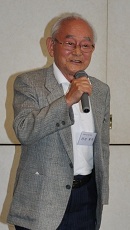
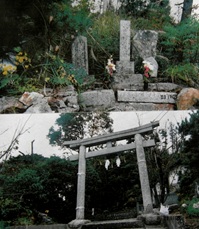

About history of Okikamuro, it is explained in details on the history of Towa-town written by Mr. Tsuneichi Miyamoto.
“A history of Kamuro 300 years” was also edited by Fusou Hayashi of Okikamuro ( Shoutaro Hayashi) who a commonly used name is Shota-san.
It is sure that they were edited for a little while after the World War. But it was sure (Japan was very disturbed after World War, in fact, everybody were poor.).
First of all, it is the old graves which were took a photo and in Kamuro. Moreover it was very surprised that there were inside the Torii of the shrine.
It is estimated the age of Shinbutsu Shuugou(Shinto syncretism) about 11 to 13 century ( “Namuhachimanbosatsu”). The old grave of Yakushi were known form our childhood.
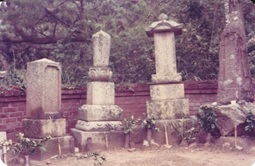
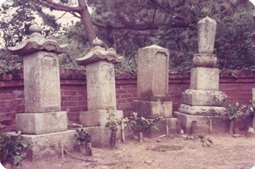
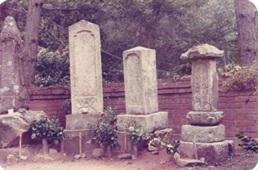
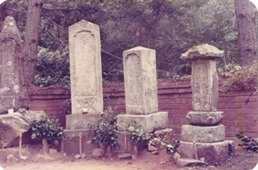

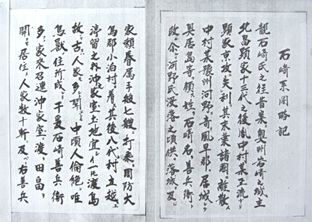
“Ishizaki Family History” late Mr. Akira Ishizaki (eldest son of Ishizaki trunc family Banzo) copied from Hakuseiji temple's document at 1932.
After the 400 years history of Okikamuro, there are several books to introduce the history of Okikamuro those are based on this one page of the family tree. The late Mr. Chuji Kawai (who was a reporter of “Kyodo News”) said that the history book of Okikamuro by Kamuro people were published and printed only 4 books under the control of Ryuichi Yanagihara, one book was sent to Hawaii and one book was to Mr. Kanai in Izaki and other 2 books are not recognized. And it is not sure when they were edited and what was the contents. In the party of Tokyo Kamuro party, Nobue-chyan (Shoya ”village headman” the third daughter of the Aoki`s) said that the old documents were packed in Kori(portmanteau) and took away. They say that the old documents about Okikamuro were carried out from Okikamuro and there were no documents anymore. Moreover the most families including the root family(families succeeded by eldest sons) imigrated to Hawaii in a short period of time, it was not only a problem to make a successor of the family in Okikamuro, but also there are families that they have go to Hawaii to ask about their own family history. One time, there were 2,000 people of Kamuro people in all islands of Hawaii. It is easily imagined that an outflow of Okikamuro was so intense. Well, I like to write the history of Okikamuro. It may be a legend of Okikamuro in short speaking. I am going to research a tradition, an unknown story heard from the old men or relatives by checking a story in Sowa 40s (Japanese calendar year 1926-1988) heard from Yata Hayashi or a memo of information from outside of Okikamuro.